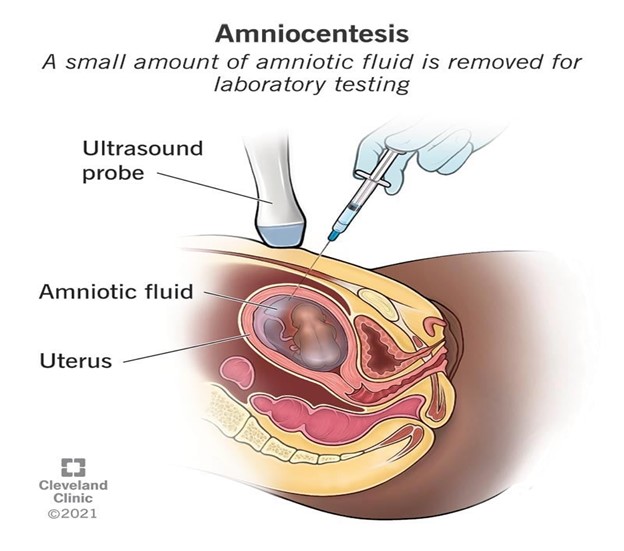A nurse on an antepartum unit is receiving change-of-shift report for four clients. Which of the following clients should the nurse assess first?
A client who is at 38 weeks of gestation and is experiencing painful urination
A client who is at 34 weeks of gestation and is experiencing epigastric pain and headache
A client who is at 12 weeks of gestation and is experiencing nausea and vomiting
A client who is at 39 weeks of gestation and is experiencing cramping and spotting
The Correct Answer is B
The client who is at 34 weeks of gestation and is experiencing epigastric pain and headache should be assessed first. These symptoms may indicate preeclampsia, which is a serious pregnancy complication characterized by high blood pressure and organ damage. The nurse should monitor the client's blood pressure and assess for signs of organ damage, such as proteinuria, visual disturbances, and epigastric or right upper quadrant pain. The other clients may also require assessment and intervention, but their symptoms are less urgent and may indicate less serious conditions, such as a urinary tract infection (painful urination), early pregnancy symptoms (nausea and vomiting), or early labor (cramping and spotting).
Nursing Test Bank
Naxlex Comprehensive Predictor Exams
Related Questions
Correct Answer is D
Explanation
Uterine rupture. When a client has had two prior cesarean births, she is at an increased risk for uterine rupture. Uterine rupture is a serious complication that can occur during labor, where there is a tear in the wall of the uterus. It can lead to significant blood loss for the mother and oxygen deprivation for the fetus. Other risk factors for uterine rupture include a previous uterine surgery, the use of labor-inducing drugs, and multiple gestations.
Failure to progress (choice A) refers to a labor that is not progressing as it should, and can be caused by a variety of factors, including fetal malposition or inadequate contractions. Abruptio placentae (choice B) refers to the separation of the placenta from the uterine wall before delivery, which can cause fetal distress and maternal hemorrhage. Precipitous labor (choice C) refers to a labor that progresses extremely quickly, with contractions lasting less than 3 hours from the onset of active labor. While precipitous labor can be associated with increased risk for perineal lacerations and postpartum hemorrhage, it is not typically associated with prior cesarean births.
Correct Answer is D
Explanation
The nurse should explain to the client that amniocentesis is a diagnostic test that is performed between 15 and 20 weeks of gestation to determine if the fetus has genetic or congenital disorders. While the procedure can also determine the sex of the fetus, this is not typically the primary reason for the test. The nurse should clarify any misconceptions the client has about the procedure and provide education on its purpose, risks, and benefits. The nurse should also assess the client's understanding of the information provided and address any questions or concerns the client may have.

Whether you are a student looking to ace your exams or a practicing nurse seeking to enhance your expertise , our nursing education contents will empower you with the confidence and competence to make a difference in the lives of patients and become a respected leader in the healthcare field.
Visit Naxlex, invest in your future and unlock endless possibilities with our unparalleled nursing education contents today
Report Wrong Answer on the Current Question
Do you disagree with the answer? If yes, what is your expected answer? Explain.
Kindly be descriptive with the issue you are facing.
